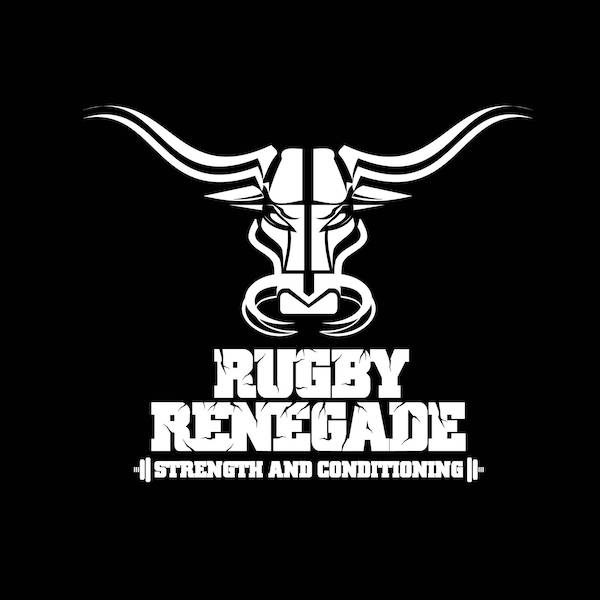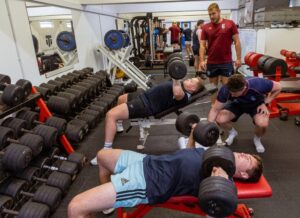RR: The following is a guest blog from Jordan Murton – Strength & Conditioning Intern with Gloucester Rugby
A few weeks ago, we attended part 2 of the sprinting masterclass held by West Bromwich Albion FC, which featured presentations from Paul Brice and David Bishop. Throughout this blog, we will look at the highlights of Paul’s presentation ‘Lessons from the Olympic Track’. Paul has worked with top level Olympic sprinters and is also the senior bio-mechanist at the EIS.
How Bolt broke the 100m sprint world record…
At the 2009 athletic world championships, Usain Bolt broke the 100m sprint world record by completing the race in 9.58 seconds. How exactly did he achieve this? Paul divided Bolt’s race down into certain attributes which enabled him to run so fast. Bolt reached 90% of his peak velocity after just 30m (not bad for a notoriously ‘slow starter’), which is not atypical of an Olympic sprinter.
However, Paul explained that sprinters are now accelerating further and further into the race, which is shown by Bolt continuing to accelerate from 60-100m, which is where you begin to see him pull away from the other athletes. Due to Bolt’s large frame, it enables him to produce a huge stride length, which is coupled with a low ground contact time of 0.09 seconds allowing him to produce velocities of 12m/s or higher throughout the entire race.
The non-negotiables of running fast
Paul highlighted his ‘non-negotiables’ of running fast, which were…
- Producing more relative force results in faster velocity
- A short ground contact time and a sharper force-velocity curve
- The first 50% of GCT accounts for the difference between good and bad sprinters (how quickly can you apply force into the ground?)
- Thighs in front as fast as possible
- Firm feet and ankles – promoting ankle stiffness
- Shin must be vertical at touch down, with the thigh moving forwards or past knee, stiff ankle, thigh moving fast downward back into ground
He explained that to increase your velocity by 1m/s you must increase the force you produce into the floor by 1/10th of your body weight, to create an equal and opposite reaction (newtons third law). Thus, encouraging an athlete to ‘hit the ground hard’ may be of some use, however, they must be conscious not to spend longer on the ground.
 Everybody can be faster, but not everyone can be fast
Everybody can be faster, but not everyone can be fast
Very few athletes are capable of running at speeds an Olympic sprinter would be proud of due to not having the physiological capabilities to produce appropriate amounts of force once in ‘optimal’ positions. However, every athlete can become a faster version of themselves.
By focusing on the ‘non-negotiables’ and producing the right force, in the right direction, at the right time, this should transfer into an increased running velocity. Due to the individuality of an athlete, they should be coached according to their horizontal force-velocity profile (suggested by JB Morin) to identify areas where the greatest improvements can be made.
Summary – what truly matters during max velocity and acceleration
Wrapping up, when coaching an athlete to run fast, focusing on teaching the movements/positions that will give the ‘biggest bang for your buck’ and give the greatest carryover into the athlete’s running performance is of great importance. Focusing on unnecessary detail such as hand positioning, not only wastes valuable coaching/training time but also may not have the greatest relevance to the athlete’s sport. Simplicity is key.
Paul identified what he believes truly matters during acceleration and maximum velocity. The characteristics which must be produced are;
- Limit the time spent on the floor
- Maintain firm ankles during ground contact to reduce energy loss
- Front-side mechanics – get the thighs in front of the body as fast as possible
- Hit the ground hard
- Fast thigh speed before and during ground contact
These are the technical cues that must be replicated to optimise the running mechanics enabling force to be produced in the right direction at the right time. However, it must also be stressed that technical training must be combined with other strength and power training methods to allow the athlete to produce the appropriate amounts of force to enabling faster velocities to be achieved.
To hear more from Jordan follow him on Twitter here: @J_Murton96





